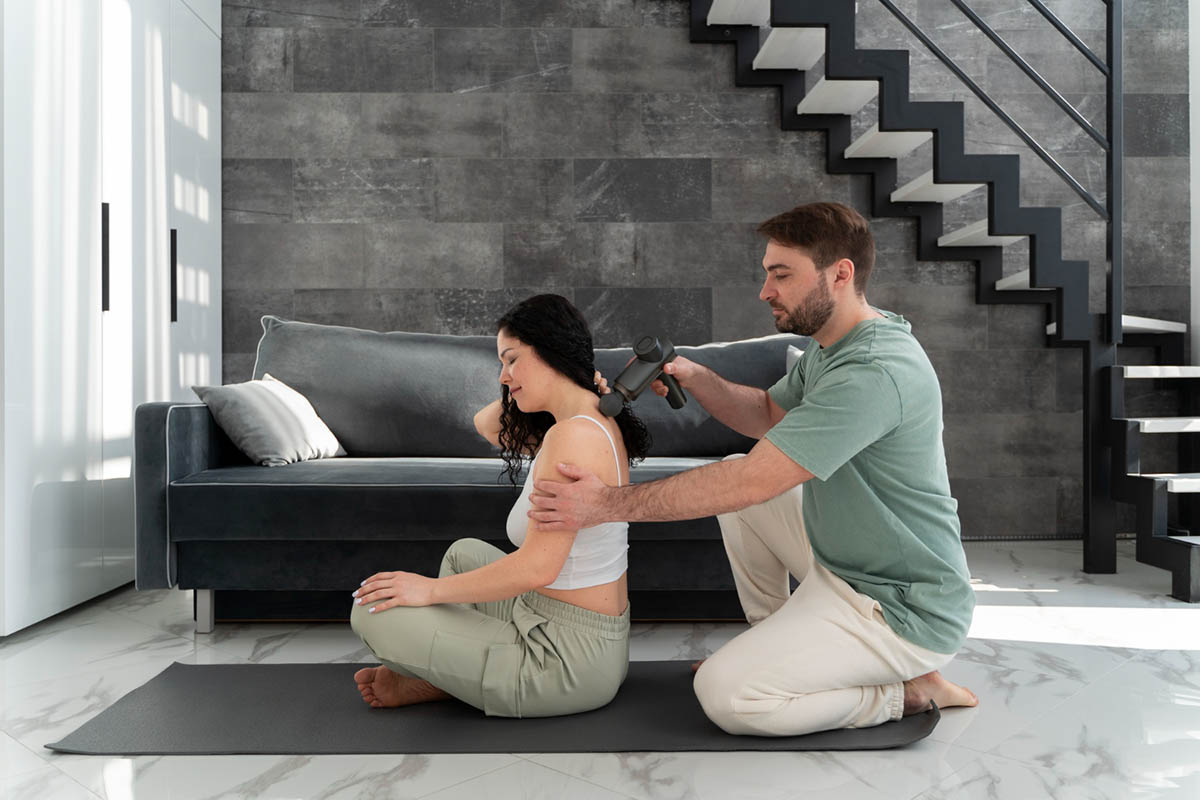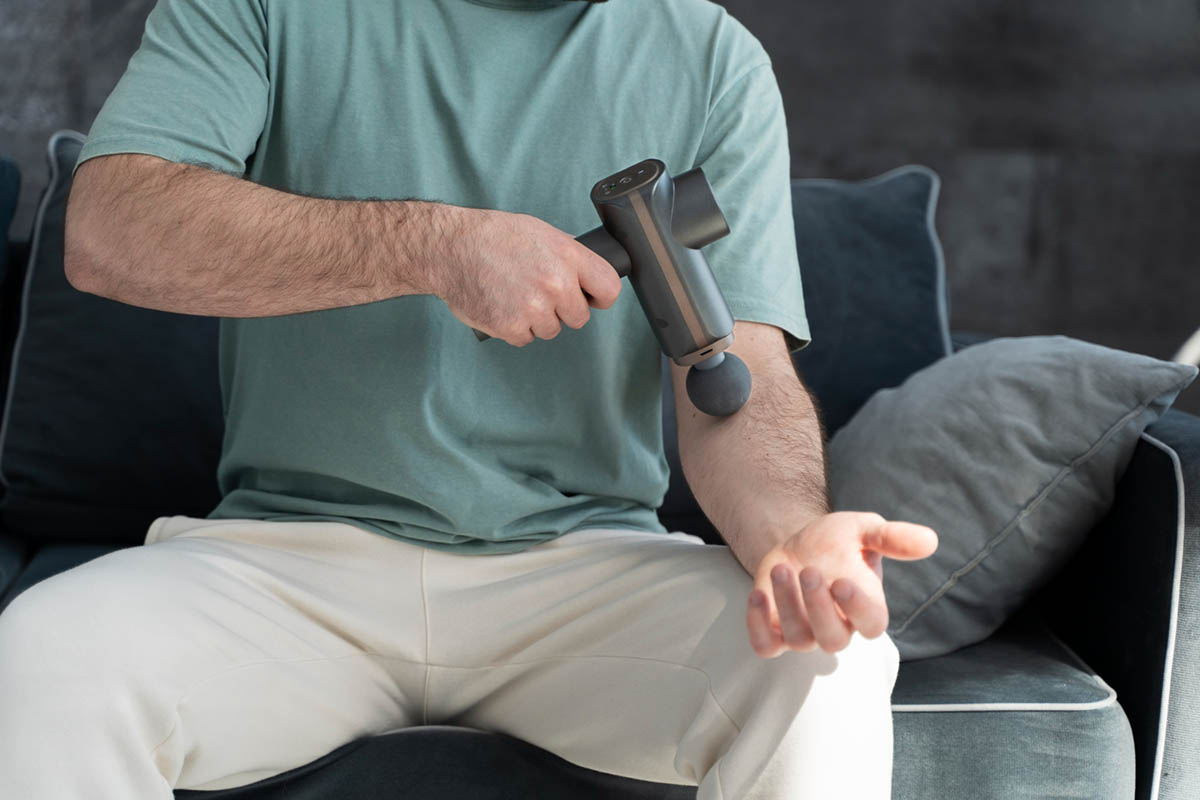Introduction
At OrMobility Physical Therapy & Performance in Roseburg, Oregon, we have seen an increasing number of patients with symptoms of Lyme disease. Many of these individuals have endured symptoms for years and often experience severe tendon ruptures during treatment. These tendon issues frequently appear unrelated until further investigation reveals a connection to the side effects of the medications used for Lyme disease. This blog post will explore the common experiences of Lyme disease, medical treatment approaches, and how physical therapy can significantly benefit tendon recovery following treatment.
What is Lyme Disease?
Lyme disease is an infectious disease caused by the bacterium Borrelia burgdorferi, transmitted to humans through the bite of infected black-legged ticks, also known as deer ticks. According to the Centers for Disease Control and Prevention (CDC), Lyme disease is the most common vector-borne disease in the United States, with approximately 300,000 cases annually, though the actual number is likely higher due to underreporting and misdiagnosis.
Common Experiences and Symptoms of Lyme Disease
Early-Stage Symptoms
- Erythema Migrans (EM) Rash: A distinctive “bull’s-eye” rash appearing at the tick bite site within 3 to 30 days. The rash is typically warm to the touch but not itchy or painful.
- Flu-like Symptoms: Fever, chills, fatigue, body aches, headache, neck stiffness, and swollen lymph nodes are common.
Late-Stage Symptoms
If left untreated, Lyme disease can progress to more severe symptoms:
- Joint Pain and Swelling: Often affecting the knees, but pain can migrate to other joints.
- Neurological Issues: Severe headaches, facial palsy (Bell’s palsy), nerve pain, and tingling in the extremities.
- Cognitive Impairments: Memory loss, difficulty concentrating, and mood changes.
- Heart Problems: Lyme carditis, characterized by irregular heartbeats.
Medical Treatment Approaches for Lyme Disease
Antibiotic Therapy
Antibiotics are the cornerstone of Lyme disease treatment, and the choice depends on the disease stage and the patient’s symptoms.
- Doxycycline: Commonly used for adults and children over eight years old. It is effective in early-stage Lyme disease and preventing bacterial proliferation.
- Amoxicillin: Often prescribed for younger children, pregnant women, or those allergic to doxycycline.
- Cefuroxime: An alternative for patients who cannot tolerate doxycycline or amoxicillin.
- Intravenous Antibiotics: Used in severe cases with neurological symptoms. Ceftriaxone is commonly administered intravenously.
Side Effects of Lyme Disease Medications
While antibiotics are effective in treating Lyme disease, they can have several side effects. One particularly severe complication observed in our clinic is tendon rupture, often linked to medications like doxycycline and fluoroquinolones.
- Doxycycline and Tendon Damage:
- Doxycycline can disrupt collagen synthesis, crucial for maintaining tendon structure.
- It can also induce oxidative stress in tendon cells, leading to cellular damage and weakening.
- Additionally, doxycycline may interfere with tendon repair processes, making them more susceptible to injury and rupture.
- Clinical Evidence:
- Studies have highlighted cases of tendonitis and tendon rupture in patients treated with doxycycline for various infections.
- Research has also shown an increased risk of tendon injuries in patients on long-term doxycycline therapy.
The Role of Physical Therapy in Tendon Recovery

At OrMobility Physical Therapy & Performance, we understand the unique challenges faced by Lyme disease patients, particularly those experiencing tendon damage as a side effect of doxycycline. Physical therapy plays a crucial role in managing and rehabilitating tendon injuries, helping patients regain strength, mobility, and function.
Benefits of Physical Therapy for Tendon Damage
- Pain Management:
- Techniques such as manual therapy, ultrasound, and electrical stimulation can help reduce pain and inflammation in affected tendons.
- Improving Mobility:
- Stretching and range-of-motion exercises can help restore flexibility and prevent stiffness in the joints and tendons.
- Strengthening Muscles:
- Targeted strength training exercises can rebuild muscle strength and support the tendons, reducing the risk of further injury.
- Promoting Healing:
- Physical therapy can enhance the healing process by increasing blood flow to the injured tendons and promoting tissue repair.
- Preventing Future Injuries:
- Educating patients on proper body mechanics, posture, and preventive strategies can help reduce the likelihood of future tendon injuries.
Comprehensive Physical Therapy Approach at OrMobility
At OrMobility Physical Therapy & Performance, we offer a comprehensive and personalized approach to managing tendon injuries caused by doxycycline. Our program includes:
Initial Assessment and Personalized Treatment Plan
Our approach begins with a thorough assessment to understand the patient’s history, symptoms, and specific needs. We then develop a personalized treatment plan focusing on:
- Pain Reduction: Utilizing modalities such as ultrasound, electrical stimulation, and manual therapy techniques.
- Mobility Enhancement: Incorporating stretching, joint mobilization, and exercises to improve flexibility and range of motion.
- Strength Training: Progressive resistance exercises tailored to rebuild muscle strength and endurance.
- Neuromuscular Re-education: Balance and coordination exercises to address any neurological impairments caused by Lyme disease.
- Education and Self-Management: Teaching patients effective self-management techniques and preventive measures to enhance their recovery and prevent relapses.
Targeted Interventions
- Manual Therapy: Techniques to reduce pain, improve tissue extensibility, and enhance joint mobility.
- Modalities: Use of ultrasound, electrical stimulation, and heat/cold therapy to manage pain and inflammation.
- Exercise Therapy: Tailored exercises to improve flexibility, strength, and function of the affected tendons.
Neuromuscular Re-education
Exercises and activities designed to retrain the nervous system and improve coordination and movement patterns, which can be disrupted by tendon injuries.
Patient Education and Self-Management
Providing patients with information on proper body mechanics, activity modification, and home exercise programs to support ongoing recovery and prevent recurrence.
Case Studies and Success Stories
Our clinic has successfully treated numerous patients with tendon injuries related to doxycycline use. Here are some success stories:
- Case Study 1: A 50-year-old man with a partial Achilles tendon rupture experienced significant improvement in pain and function after a 12-week program of manual therapy, strengthening exercises, and neuromuscular re-education.
- Case Study 2: A 35-year-old woman with tendonitis in the shoulder regained full range of motion and strength following a comprehensive treatment plan that included modalities, stretching, and progressive resistance exercises.
Conclusion
Lyme disease is a complex condition that requires a multifaceted approach for effective management. While doxycycline is an essential treatment, its potential side effects on tendons necessitate careful monitoring and intervention. At OrMobility Physical Therapy & Performance, we are committed to providing specialized physical therapy services to address these challenges and support patients in their recovery journey.
Our comprehensive and personalized approach aims to alleviate pain, restore function, and improve overall quality of life for those affected by Lyme disease and its treatments. If you or a loved one are experiencing tendon issues related to doxycycline use, contact us today to develop a tailored plan to support your recovery and wellness.
References
- Centers for Disease Control and Prevention (CDC). Lyme Disease. Available from: https://www.cdc.gov/lyme/index.html
- Wormser, G.P., et al. (2006). The Clinical Assessment, Treatment, and Prevention of Lyme Disease, Human Granulocytic Anaplasmosis, and Babesiosis: Clinical Practice Guidelines by the Infectious Diseases Society of America. Clinical Infectious Diseases, 43(9), 1089-1134.
- Hu, L. (2016). Lyme Disease. Annals of Internal Medicine, 164(9), ITC65-ITC80.
- Marques, A. (2008). Chronic Lyme Disease: A Review. Infectious Disease Clinics of North America, 22(2), 341-360.
- Cameron, D.J., et al. (2004). Evidence-based guidelines for the management of Lyme disease. Expert Review of Anti-Infective Therapy, 2(1), S1-S13.
- van der Linden, P.D., et al. (1999). Achilles tendinitis associated with fluoroquinolones. British Journal of Clinical Pharmacology, 48(3), 433-437.
- Khaliq, Y., & Zhanel, G.G. (2003). Fluoroquinolone-associated tendinopathy: a critical review of the literature. Clinical Infectious Diseases, 36(11), 1404-1410.
By providing this structured and evidence-based guide, we aim to enhance our community’s understanding of Lyme disease treatment side effects and promote effective management strategies through physical therapy.



